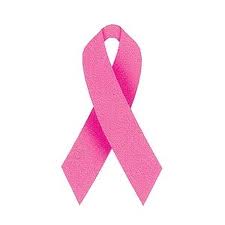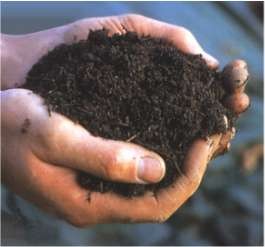Pink Washing
October is Breast Cancer Awareness Month, and it seems as of late every product around us contains the famous pink ribbon. Buying these products makes us feel like we’re doing something to fight the disease affecting more than 207,000 women each year. What most people don’t realize though, is a large majority of these pink items actually perpetuate breast cancer.

Is this pink ribbon helping to fight breast cancer, or actually causing it?
It’s a phenomenon known as “pink washing,” and it means “companies purport to care about breast cancer by promoting a pink ribboned product, but in reality manufacture products that are linked to the disease.” Examples of pink washing include plastic water bottles, which leach BPA; Nail polish, which contains formaldehyde, phthalates, and other carcinogens; and lipsticks, which contain lead.
While this is disheartening, there's something you can do about it. Check out Breast Cancer Action's Think Before You Pink website to help make informed decisions when purchasing a pink product. They offer these five easy questions to ask yourself:
1. How much money from your purchase actually goes toward breast cancer? Is the amount clearly stated on the package?
2. What is the maximum amount that will be donated?
3. How are the funds being raised?
4. To what breast cancer organization does the money go, and what types of programs does it support?
5. What is the company doing to assure that its products are not actually contributing to the breast cancer epidemic?
You can also visit this site to download and print handy tip cards for you and your friends.

 So, I know what you’re probably thinking. Compost? That’s going to be gross and messy. I was hesitant at first too, but once I gave it a try I learned that composting is a wonderful, environmentally-friendly way to get rid of food scraps and yard waste while at the same time generating high quality usable soil.
So, I know what you’re probably thinking. Compost? That’s going to be gross and messy. I was hesitant at first too, but once I gave it a try I learned that composting is a wonderful, environmentally-friendly way to get rid of food scraps and yard waste while at the same time generating high quality usable soil.